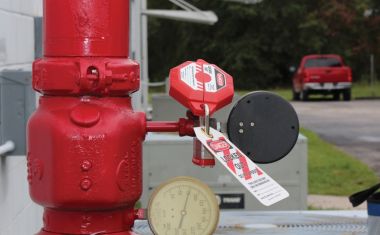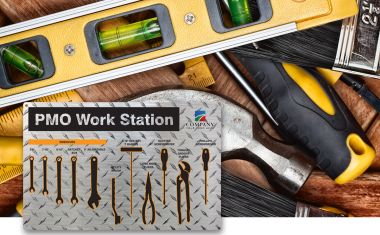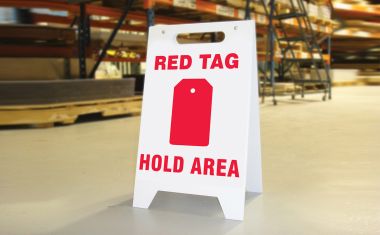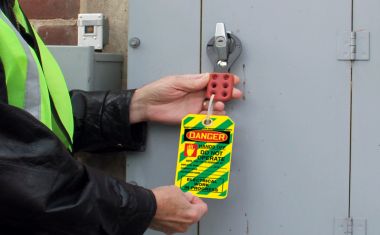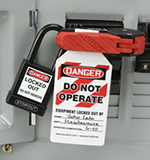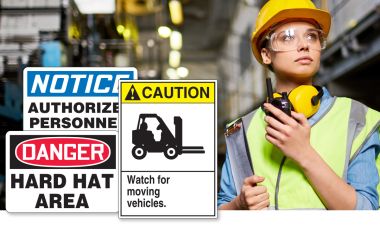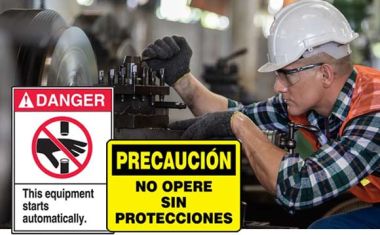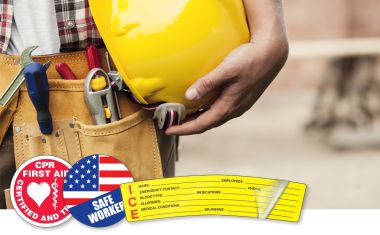Best Welding Safety Tips to Shield You from Harm!
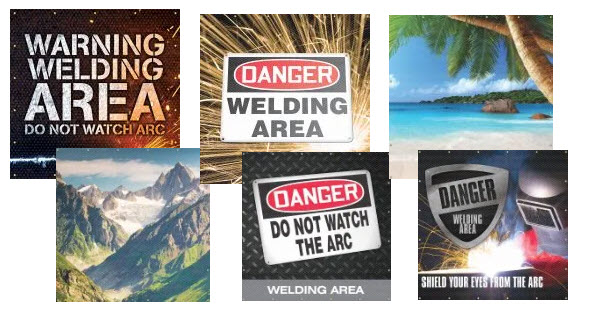
Welding is an ever-changing and ever-growing profession. Around 625,000 people currently work in the welding industry.
Despite the potential dangers associated with welding, it's very common in the construction, manufacturing, and shipyard industry. When welding work is being performed, it only takes a moment of exposure to a welding arc's rays for serious injuries to occur.
To ensure welders are kept safe, the Occupational Safety and Health Administration (OSHA) and the American Conference of Governmental Industrial Hygienists (ACGIH) have specific guidelines to help control, minimize or to help employers and workers avoid welding hazards.
OSHA standards applicable to welding include:
- Welding, Cutting, and Brazing - OSHA 29 CFR 1910 Subpart Q
- Welding and Cutting - OSHA 29 CFR 1926 Subpart J
- Welding, Cutting, and Heating - OSHA 29 CFR 1915 Subpart D
- Permit-Required Confined Spaces - OSHA 29 CFR 1910.146
- Confined and Enclosed Spaces and Other Dangerous Atmospheres in Shipyard Employment - OSHA 29 CFR 1915 Subpart B
- Hazard Communication - OSHA 29 CFR 1910.1200
- Respiratory Protection - OSHA 29 CFR 1910.134
- Air Contaminants - OSHA 29 CFR 1910.1000 (General Industry), OSHA 29 CFR 1915.1000 (Shipyards), and OSHA 29 CFR 1926.55 (Construction)
Welding safety solutions are highlighted in Welding Express.
For starters, the welding ‘smoke’ that is created is a mixture of very fine particles (fumes) and gases. Oftentimes, welding ‘smoke’ can be toxic. The intense heat of welding and sparks can create serious burns. Without wearing the required PPE, the hot slag and metal chips can cause burns and eye damage. The welding process can cause electrical shock, cuts, and crushed toes and fingers.
Health hazards associated with welding, cutting, and brazing operations include exposure to metal fumes and ultraviolet (UV) radiation. However, many of these hazards can be controlled with specific engineering control, work practices, and personal protective equipment (PPE).
Here are some additional safety tips per OSHA to help shield you from serious welding-related injuries:
- Educate yourself: Familiarize yourself with the welder's operating manual so you know the recommended safety procedures. Also, complete any necessary welder training prior to starting the welding torch.
- Dress appropriately: Any exposed skin is susceptible to the painful and damaging effects of ultraviolet and infrared rays. Take this, for example, if a spark is caught in your shirt pocket, it could catch fire and burn your skin. Avoid wearing cuffed pants, too, because sparks can get caught on your clothing. Wearing inappropriate clothing while welding would result in an expensive trip to the ER – it’s not worth the pain!
- Wear the proper PPE: The American Welding Society (AWS), OSHA, and the American National Standards Institute (ANSI) have specific requirements for PPE to be worn while welding. Requirements include details about eye and face protection, head and ear protection, foot protection, hand protection, body protection, and respiratory protection equipment.
- Ventilation in small spaces: When working in a confined space, fumes and smoke from welding can pose serious health risks. It’s recommended to use an exhaust hood to remove fumes from the area to ensure enough clean air is available.
- Avoid arc flash: It only takes a moment of exposure to a welding arc’s ray for unprotected eyes to experience a painful arc flash. Protect workers from arc flashes by installing welding screens in the work area. Post arc flash signs to inform all others about potential hazards.
- Hot Work Precautions: Before welding outside of a designated area, a responsible individual must inspect the area and identify precautions and note them on a hot work permit. Additionally, keep fire extinguishers available for immediate use. A fire watch lasting at least 30 minutes after the welding or cutting operations is required if more than a minor fire might develop. All combustibles must be moved 35 feet away or protected or shielded.
Welding should never take place when:
- Near explosive atmospheres
- When the area is unauthorized by management
- Near storage of large quantities of readily ignitable materials
- Where building sprinklers do not function
Protect welders from harmful UV light, flash burn, sparks, fumes, and flying debris so they can continue to stay safe at work.
